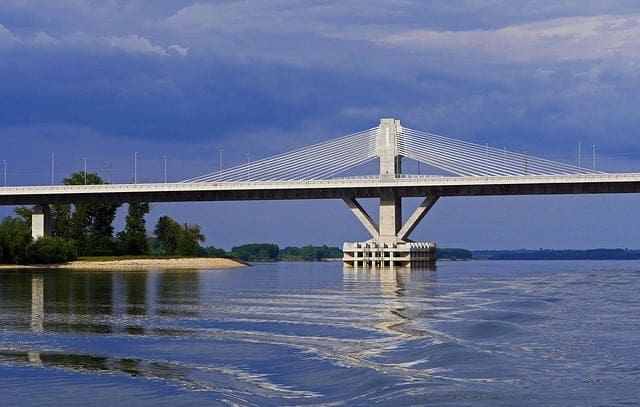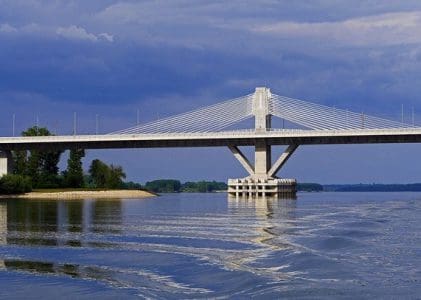The EU Commission’s action plan to digitalise the European public sector until 2020 includes an ambitious vision of![]() providing borderless, personalised, user-friendly, end-to-end digital public services to all citizens and businesses in the EU. The plan is based on the following principles: 1. Digital should be default for public services with a one-stop-shop via different channels. 2. Once only principle, where citizens and businesses only should need to supply the same information once to a public administration. 3. Inclusiveness and accessibility, the digital public services should be designed after the fact that people are different, with different abilities and digital literacy. 4. Openness & transparency, digital technologies are a booster for the open society if designed to transform it in that direction. 5. Public services should work cross-border over the whole EU Single Market designed for free movement of data. 6. Privacy, data protection and IT security is the key to success.
providing borderless, personalised, user-friendly, end-to-end digital public services to all citizens and businesses in the EU. The plan is based on the following principles: 1. Digital should be default for public services with a one-stop-shop via different channels. 2. Once only principle, where citizens and businesses only should need to supply the same information once to a public administration. 3. Inclusiveness and accessibility, the digital public services should be designed after the fact that people are different, with different abilities and digital literacy. 4. Openness & transparency, digital technologies are a booster for the open society if designed to transform it in that direction. 5. Public services should work cross-border over the whole EU Single Market designed for free movement of data. 6. Privacy, data protection and IT security is the key to success.
Andrus Ansip, Vice-President for the Digital Single Market said the following: “The industrial revolution of our time is digital. … As companies aim to scale up across the Single Market, public e-services should also meet today’s needs: be digital, open and cross-border by design. The EU is the right scale for the digital times.”
All this to make public services more efficient for the well-being of the Europeans, at the same time as it cuts cost and makes the society more open and transparent. But it also is boosting of economic growth, Estonian News reports about how the ICT-sector now is the main engine of Estonia’s accelerating growth. This Estonia where Skype was founded and developed by the Swedish entrepreneur Niklas Zennström and the Danish entrepreneur Janus Friis with the Estonian developers Ahti Heinla, Priit Kasesalu och Jaan Tallinn, which is one great example of Europe’s most exclusive power, cross-border collaboration. Today´s digital highways that are crossing the EU Single Market can take this spirit to the next level.
Written by
LarsGoran Bostrom©
Opens in a new tab




